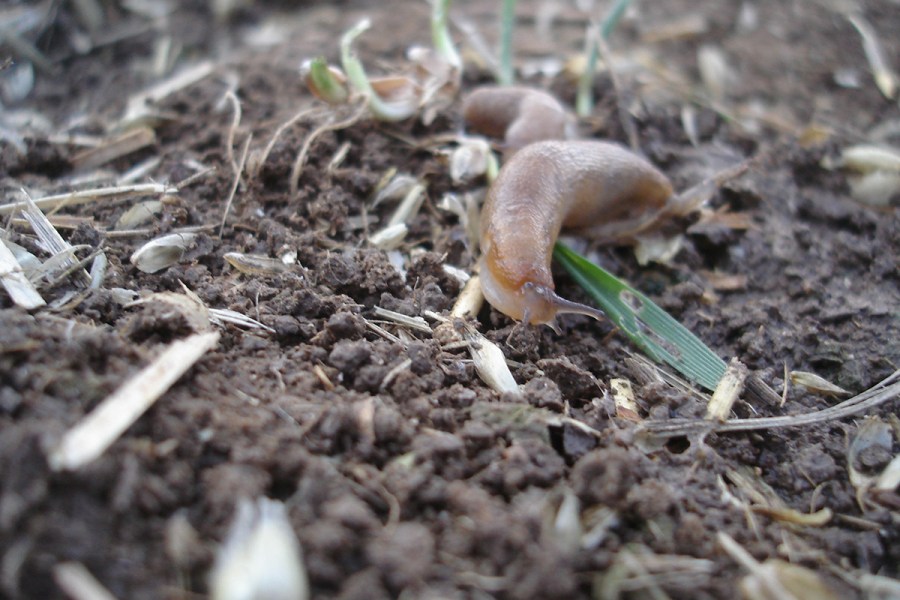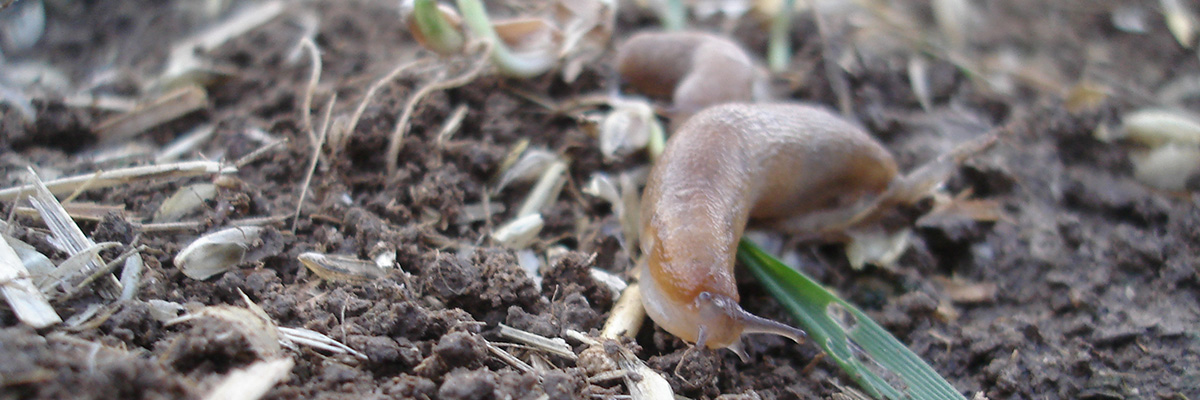
New research is shedding light on how slugs behave and how control can be more effectively focused. CPM explores, and looks at the potential of slug-resistant wheat.
Slugs get a competitive advantage from being in groups –– when they find a good place to graze, that will attract other slugs.
By Tom Allen-Stevens
What did the slug do when it met another one in a field? It turned left.
If you’re struggling to see the funny side of that, it’s because it’s more of a scientific observation than a joke. And it has quite significant implications, according to Prof Keith Walters of Harper Adams University. He’s led an AHDB-funded project into slug behaviour that concluded last year.

When a slug detects another slug, it travels more slowly, covering shorter distances, and has a bias to its turning angle, explains Keith Walters.
“We found that when a slug detects another slug, it changes its behaviour,” he explains. “It travels more slowly, covering shorter distances, and has a bias to its turning angle. We don’t know why slugs in relatively dense patches tend to turn left, but it means they travel in a circle and congregate.”
The slug behaviour project took place over two years and followed on from a PhD study, carried out by Dr Emily Forbes. The work involved some close monitoring of slug movement and behaviour in the field, including the use of radio-frequency identification (RFID) to track how they moved. Test fields were divided into a 10x10m grid with refuge traps used to assess numbers.
“We had strong statistical evidence to suggest slugs form patches in fields,” explains Keith. “We wanted to find out whether these patches could be predicted and whether growers could then reliably spot-treat fields.”
The trials confirmed that patches do indeed form. Solitary slugs tend to travel relatively fast in a straight line until they come across others, at which point they change their behaviour and patches tend to form, even at populations below those needed to trigger an application of pellets.
“This may suggest slugs get a competitive advantage from being in groups – when they find a good place to graze, then they reduce their movement while doing so, increasing the chances of others encountering them. These behavioural changes result in a patch formation, and this same response makes the patch more cohesive and less likely to split apart. It’s not only feeding that may cause this – encountering more favourable environmental conditions such as moist soils may also stimulate patch-forming behaviour,” continues Keith.
There were two important questions to answer: were the patches stable, in terms of their location and over time, and how big did they get? “We found the spatio-temporal stability of patches is consistent – we’re super-confident about that. But slugs aren’t always evident in their chosen area – if surface conditions are unfavourable, they’ll go underground,” he notes.
“Patches vary in size and frequency, but importantly most are of a size that are large enough to target with pellets using commercially available equipment.”
The patchiness is significant, and the field trials suggested at least 40% of a typical arable field doesn’t have to be treated to adequately control its slugs if the right areas are targeted.
Radio-frequency identification was used to track how the slugs moved.
Nor was it just in the fields that the patch formation was assessed. With the help of mathematicians from the Universities of Leicester and Birmingham, a computer model was set up that mimicked the slugs’ behaviour. “Every time we ran the algorithms, they grouped in the same way they had in the field. We tried to break the model by inputting all sorts of different variations, but the end result was always the same, with only one exception,” reports Keith.
“If the population is too low, then slugs don’t encounter each other frequently enough and patches don’t form. But that is at a population size way below what’s required to trigger an application of pellets.”
One burning question remained: what makes the patches form? “We know the location is stable, but didn’t know what drove slugs to gather in those specific locations. If we can understand the environmental characteristics that cause slugs to congregate, we can predict where patches will appear,” reasons Keith.
Slugs are known to favour damp conditions as they are unable to retain their own moisture. So the final part of the study, working with Precision Decisions, looked in detail at some key environmental factors known to vary over a field: soil type and structure, bulk density, particle density, pH and organic matter. Some of these properties were determined through conducting electrical conductivity (EC) scans.
Although COVID got in the way of field studies, some conclusions were drawn, he reports. “There was a strong response to soil type and structure – slugs like areas with a high clay content and like to use the cracks that open up to dive to depth. Silts are favoured too, but not sandy areas of a field. Soil organic matter is important as this retains moisture. But the difficulty here is that SOM can change due to soil management practices, so it’s not such a reliable prediction factor.
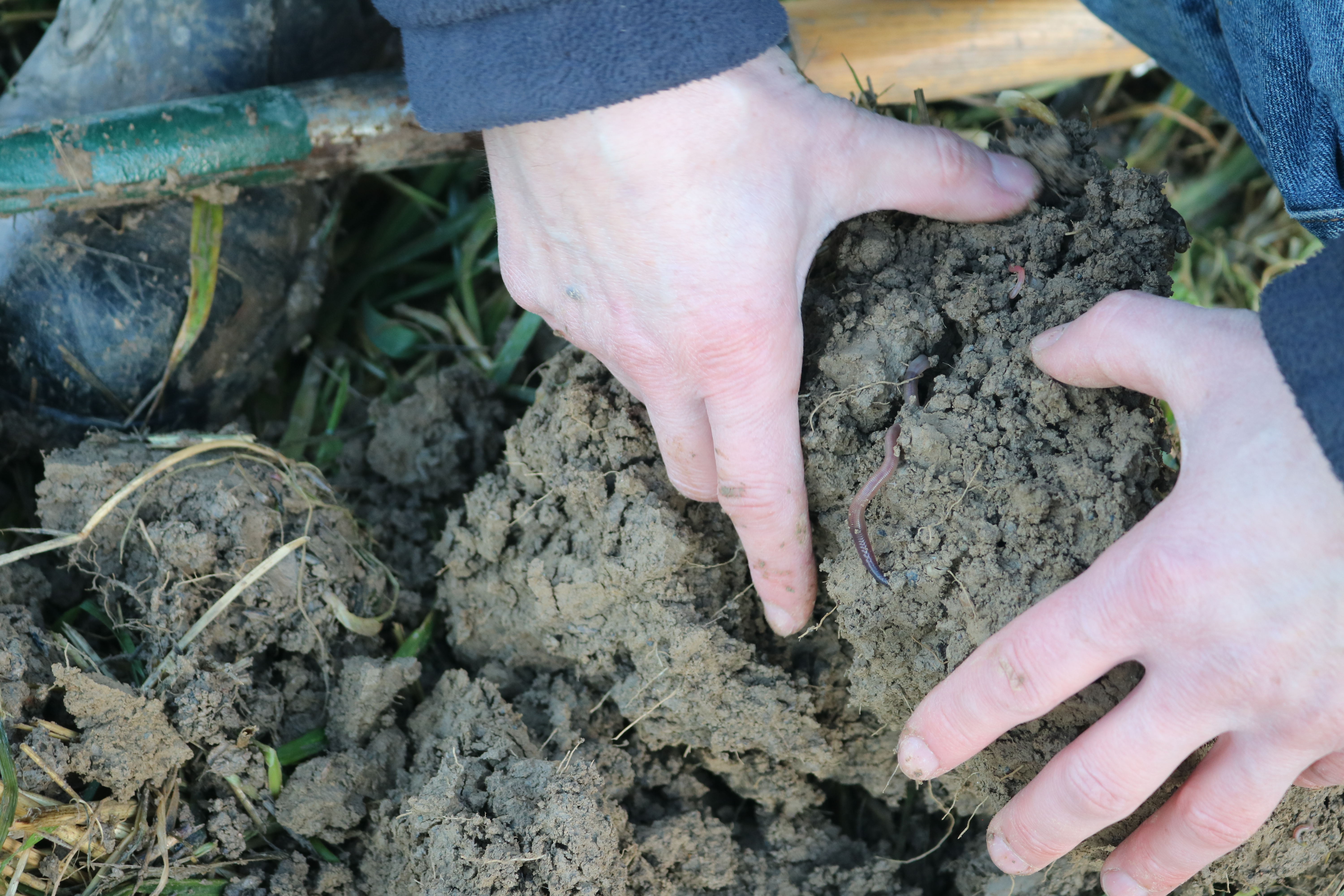
Slugs like areas with a high clay content and like to use the cracks that open up to dive to depth.
“We could not determine a sufficiently consistent relationship between bulk, particle density or pH and where the patches formed,” notes Keith.
Carefully combining all this information with the use of EC scans, trials have shown the likely location of slug patches can be predicted with up to 81% accuracy, says Keith, but this carries a health warning. “This is based on limited data – our trials suffered through COVID. Also, it means almost 20% are misidentified, which for me is too high. However, of those 20%, just a fifth were false negatives, so the prediction errs on the side of caution.”
So could growers use a software programme that reliably predicts which parts of a field should be treated? “It’s entirely feasible,” says Keith. “More work needs to be done to the model to improve the reliability of its predictions before you could make it commercially available. It would also benefit from more data – we need more assessments that relate to EC scans. Spot application offers significant cost benefits for growers, and would also help ameliorate the cost of using more expensive methods, such as biological control.”
Farmers to trial ‘slug-resistant’ wheat
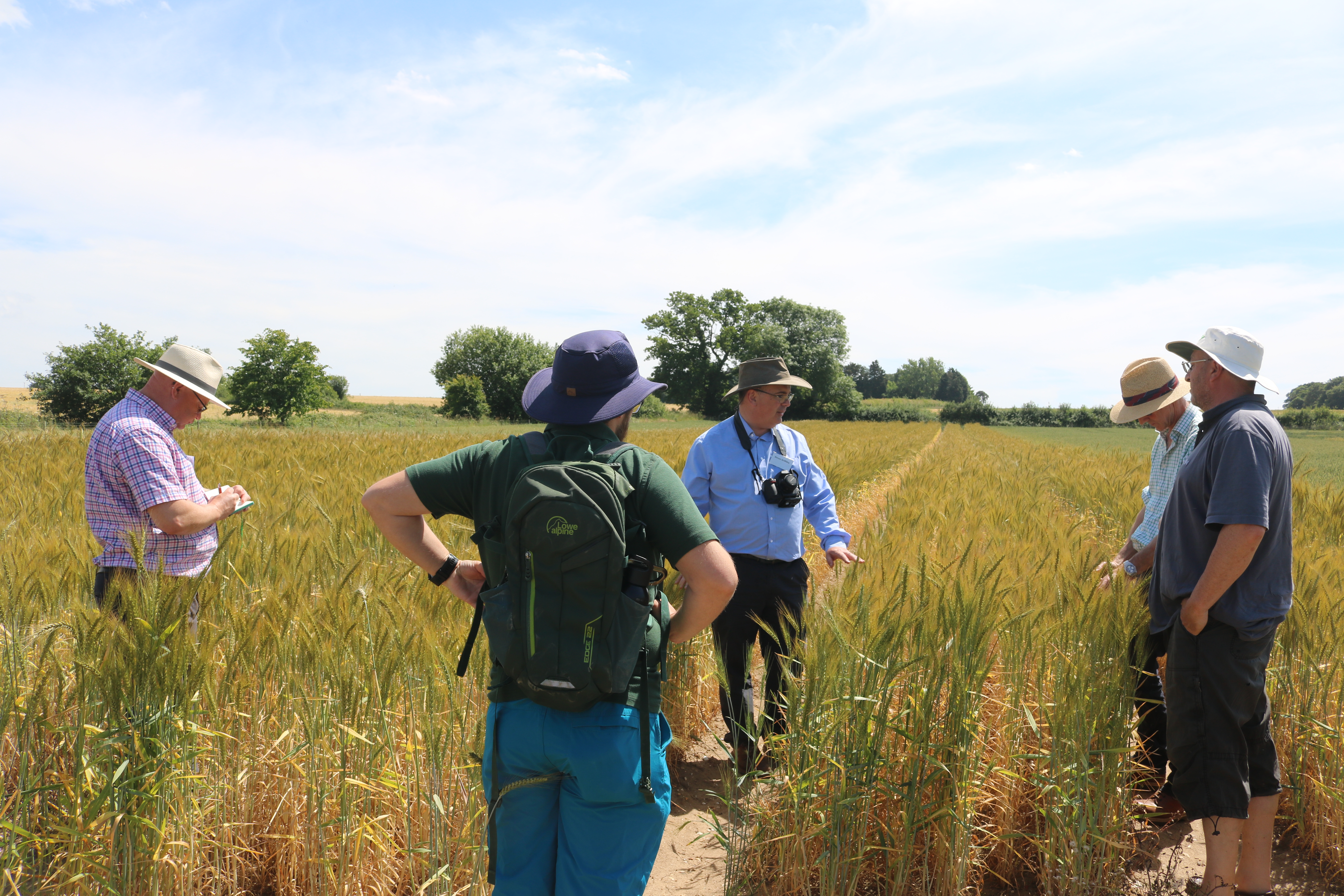
Simon Griffiths (centre) with the wheat believed to be resistant to slugs discusses an on-farm trial protocol with some of the farmers planning to take part.
UK growers are taking part in what’s believed to be the first ever field trial of wheat to see if it’s resistant to slugs.
Researchers at John Innes Centre have identified the potential trait in one of a diverse collection of landrace wheats currently being screened for properties of interest.
Alongside this, some of the growers taking part in the trial will also be testing an elite wheat, bred by UK plant breeder John Blackman, that may have the same property.
“We decided to screen some of the Watkins material for slug resistance as this was identified as a priority,” says Simon Griffiths of JIC who carried out the work as part of the Defra-funded Wheat Genetic Improvement Network (WGIN).
Using a set of choice chambers that allows slugs to choose at random varieties they would like to graze and those they prefer to avoid, there was one wheat that stood out as consistently spurned – Watkins 788.
“We don’t know yet whether this wheat truly resists slugs or whether they’d still eat it in a field situation where there’s no other choice,” explains Prof Griffiths. The concept was put to British On-Farm Innovation Network (BOFIN) members in 2020 and considerable interest came back in conducting trials of 0.4ha plots of the wheat – the area required to provide the optimal foraging distance to study the slugs’ behaviour.
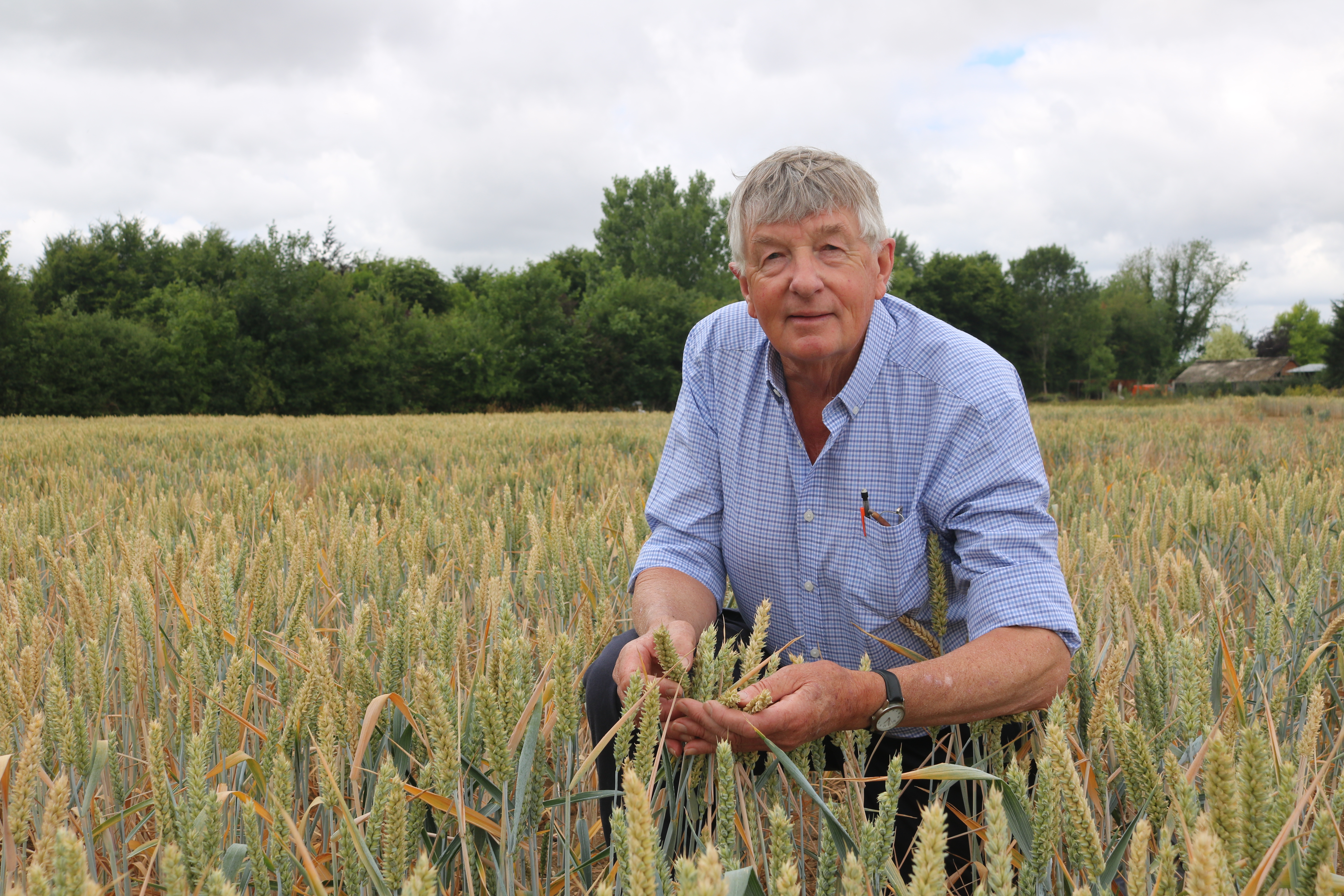
Every plant from an F1 cross is different, says John Blackman, who believes this one line may have something in its genetics the slugs don’t like.
“On the strength of this initial interest, we’ve spent the past two years multiplying up enough seed, and we’re now ready to go,” he says.
Meanwhile, wheats bred by independent UK plant breeder John Blackman suffered sorely from slugs last autumn. But curiously there was one line the slimy pests barely touched.
The site at Great Abington, near Cambridge, on alluvial, heavy boulder clay, is where John multiplies up promising lines and selects those to go forward for National List trials. “I had about 30 pre-NL1 multiplications, but many of these were on a part of the site that suffered heavy rainfall soon after drilling in early November,” he recalls.
Slugs moved in and hollowed out much of the seed before it had even germinated. “We never expected the slugs, but they were worse than we’ve ever had them. The pellet application we applied was too little, too late. Of the 30 lines, only 10 can be salvaged.”
One of these, located right in the centre of the worst affected area, is a KWS Santiago/Graham cross that appears relatively unscathed, despite all of the other candidates in the surrounding plots being almost completely obliterated. “Every plant you get from an F1 cross is different,” explains John. “This one appears to have something in its genetics the slugs don’t like.”
The 45×4.5m plot will yield around 50kg, he estimates, that he has offered to be included within the BOFIN trial. If the trial suggests there’s a trait of interest, JIC scientists will delve deeper into its genetics. “This level of losses in an NL1 prospect is a disaster. Let’s hope something positive comes of it,” says John.
Around six BOFIN members will be growing one or both of the wheats in question. Overseen by Simon Griffiths, the trial protocol has been drawn up with the assistance of Keith Walters and will be finalised through consultation with the trial farmers.
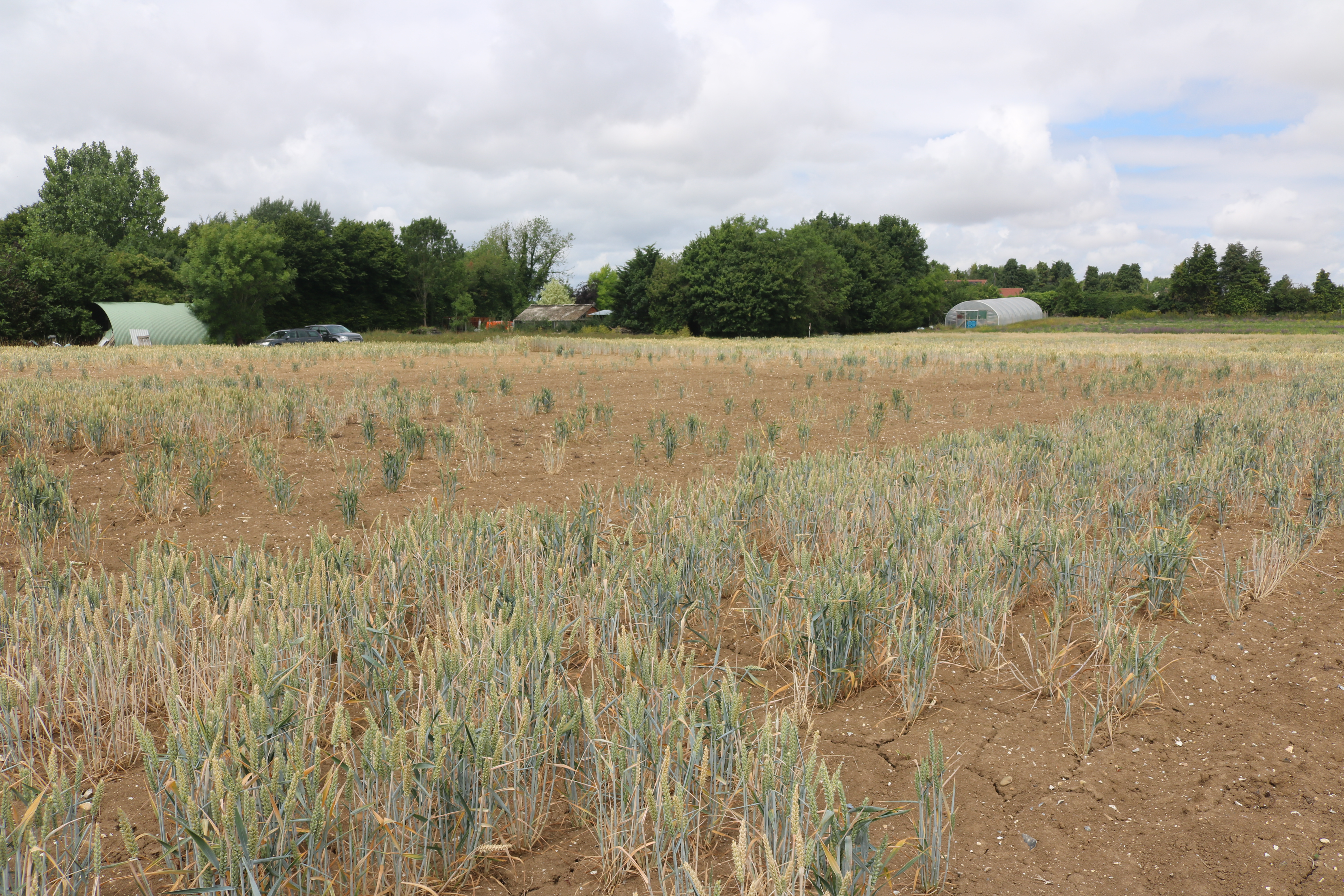
One line of a KWS Santiago/Graham cross appears relatively unscathed, despite all of the other candidates in the surrounding plots being almost completely obliterated.
“If the wheat truly resists slugs this will be a very valuable trait to pinpoint and bring into UK breeding programmes,” notes Simon. “Long term funding from Defra and Biotechnology and Biological Sciences Research Council (BBSRC) have given us the tools we need to identify the genetic basis of valuable pest resistance such as this.”
Although this may take many years, farmers and scientists are invited to join a BOFIN Knowledge Cluster, keeping them closely involved in the project. The aim will be to work with scientists to gain an insight into slug behaviour in the field and test strategies that will combat the pest in conjunction with genetic resilience.
Actual trials undertaken will be co-designed and decided by the farmers in the Knowledge Cluster, points out Keith. “Slug management has always focused on control of the pest, mainly through applying pellets. There is so much we now understand about slug behaviour that we can develop with growers, bringing in aspects of crop palatability.”
The aim is to develop understanding of farming systems at the same time as developing the next generation of wheats, explains Simon.
“This is a far more sustainable approach than traditional plant breeding where the two are developed in isolation. It’s made possible through the introduction of new plant-breeding techniques that considerably shorten the timespan it takes to bring a new trait to market,” he notes.
- To join the BOFIN Knowledge Cluster on slug-resistant wheat, go to org.uk/join
No place to hide from SlugBot
Slugs are notoriously difficult to monitor in the field, so wouldn’t it be great if an autonomous robot could roam the crops and do all the counting? Better still if it could control the slimy pests individually without harming beneficials or the environment.
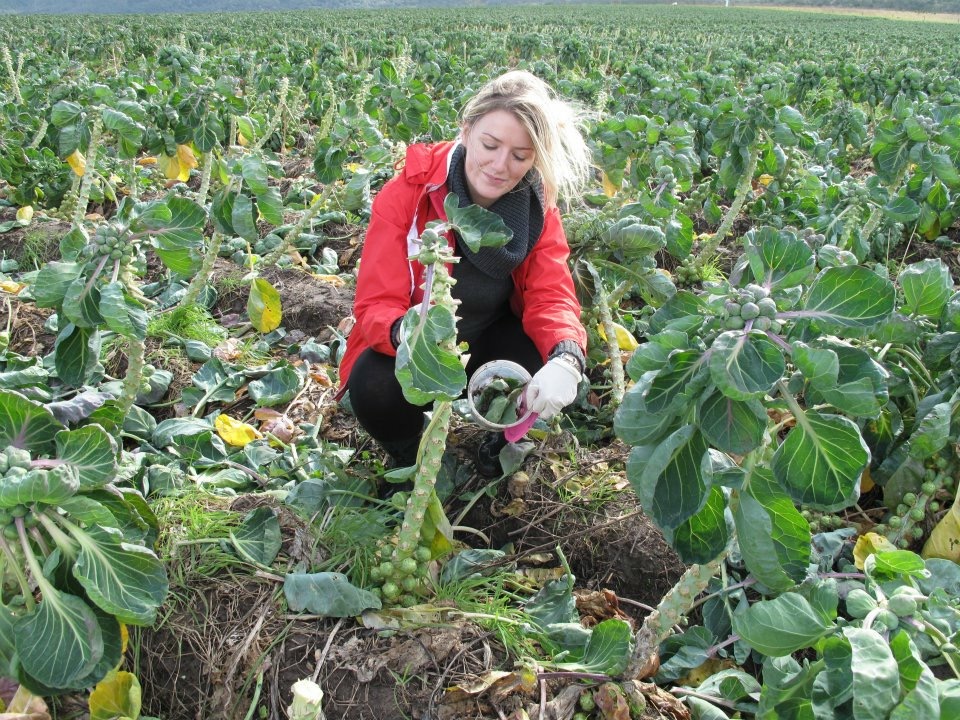
The AI training means an autonomous robot can accurately map where slugs are for spot treatment, says Jenna Ross.
That’s the idea behind SlugBot, the brainchild of Dr Jenna Ross from Crop Health and Protection (CHAP). “The concept came from my Nuffield Farming scholarship travels back in 2018. These took me all over the world, and I realised there’s a massive gap when it comes to the use of technology to better monitor slugs.
“Usually this is done through slug trapping, but even this wasn’t always being conducted by farmers, leading to precautionary overuse of metaldehyde pellets. This overuse led to its subsequent ban, due to the negative impact on non-target organisms, and led to one less tool in the box for slug control.”
Through CHAP, Jenna pulled together a bid totalling £478,000, with support from Innovate UK’s SMART Grants for disruptive innovations. She teamed up with Small Robot Company, providing the monitoring robot Tom, as well as developing a new bot capability to spot spray slug-parasitic nematodes. The AI expertise was developed in-house, while Devon-based farming enterprise, AV and N Lee, put in the farming guidance and land for field trials.
“The development of the AI model was the key part of the project – we needed the bot to be able to recognise a slug in a field. This was done through processing thousands of images of slugs. We focused on the grey field slug, Deroceras reticulatum, and the Spanish slug, Arion vulgaris, as these are the most pestiferous species and are morphologically different. We tried to find as much diversity in the imagery as we could to train the AI model,” explains Jenna.
CHAP’s Digital Phenotyping Lab at Rothamsted Research also helped in the image gathering and in supporting the field work. Field testing has shown “promising” results, she says. “Ultimately, we want a bot that can accurately map slugs in the field and then use the data to spot spray with nematodes. However, the monitoring data can also help patch-application of molluscicide products such as ferric phosphate.”
What they’ve learned is that the more data you feed in, the more the system improves – large amounts of data are needed before SlugBot can be rolled out commercially, notes Jenna.
“We delivered the project on time and on budget, despite COVID restrictions. It was also a great multidisciplinary team to work with, and everyone involved now has a real passion for slugs. And we’ve opened Pandora’s Box – the world is our oyster in terms of where we can take this technology, including monitoring other pests, diseases or weeds, or even the targeted use of other biological products in broadacre crops,” she says.
This article was taken from the latest issue of CPM. For more articles like this, subscribe here.

